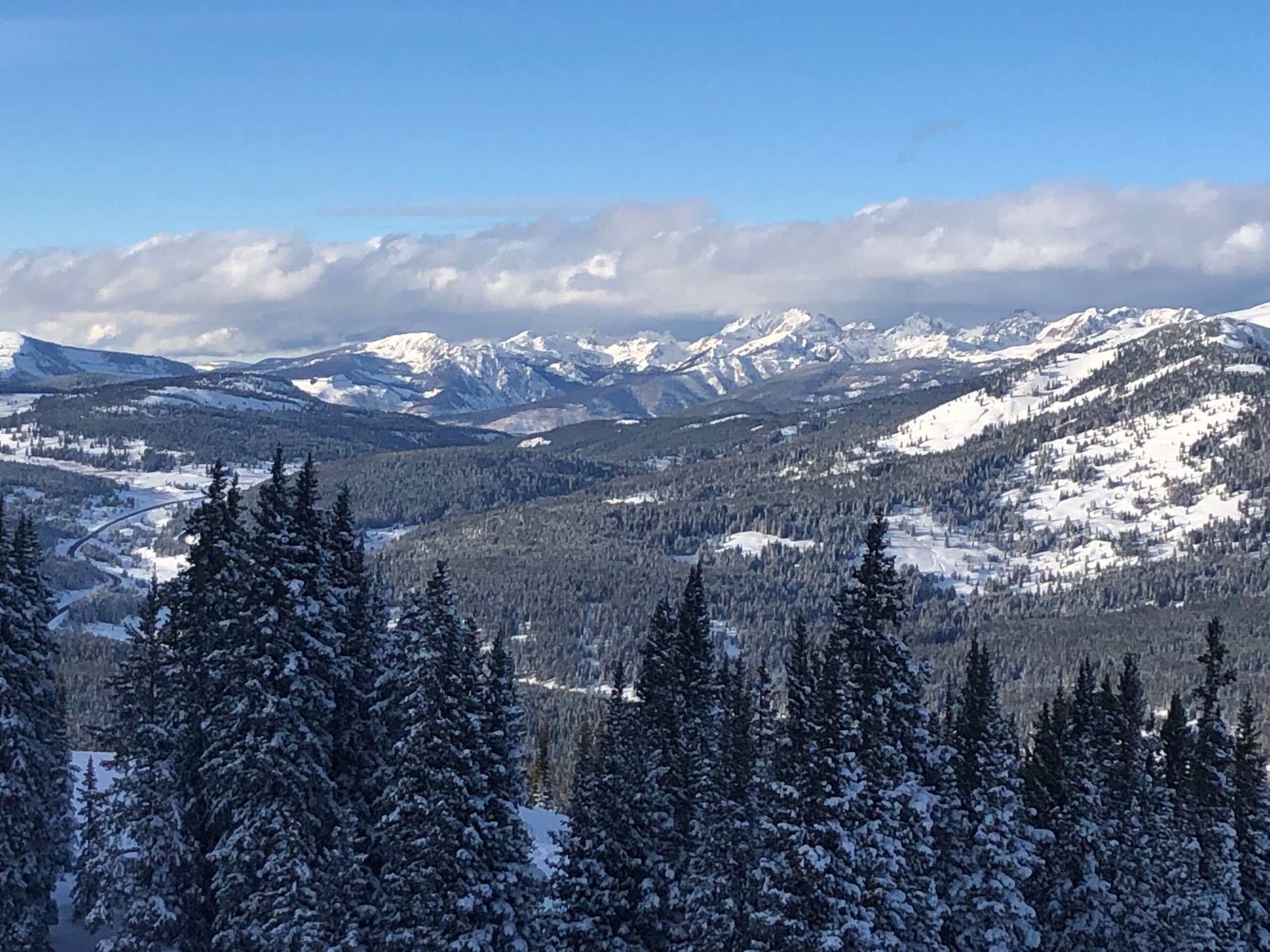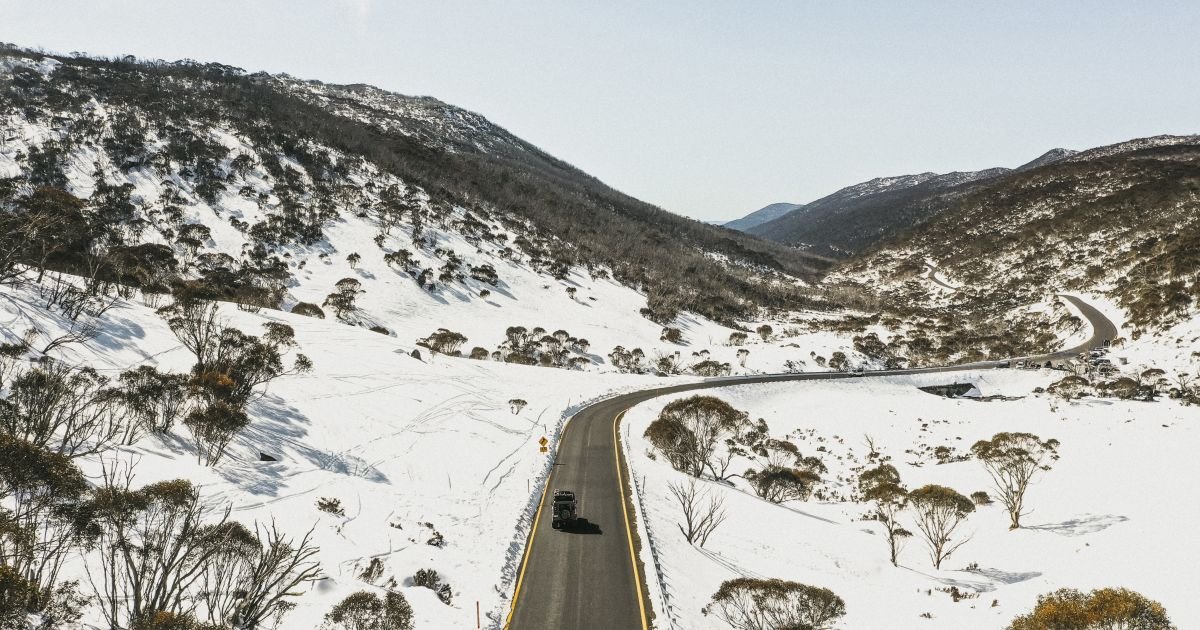Winters in North Korea
Winding up and down the curvy mountain roads, our 4x4 was kicking into gear. Outside temperatures ranged from 5-10 degrees Fahrenheit. Icy roads forced us to drive slowly through valley passes. We were warned to have extra blankets in the car alongside our winter jackets as our family ventured into the mountains of Colorado.
Colorado Mountains
It reminded us of living in the northeast region of North Korea. With the Korean landscape being about 70-80% mountainous, we were familiar with driving on snowy, winter passes. Having amble experience in frigid temperatures, we were prepared for the worst. Our jeep in Asia was not built well. Strong gusts from outside blew onto our feet the entire time we drove, numbing our toes and feet even while wearing double layers of socks. Despite having gloves, boots, and winter jackets on, we shivered while driving hours on the road.
Our accommodations in North Korea were no better. Since most of the electricity is run by hydropower, wintertime electricity was the least reliable. Not only is the water frozen, and therefore not able to generate power, but the country conserves water in the winter for the planting season in the spring. We were lucky to have two hours of electricity in one day, but those two hours were intermittent. Power surges were an issue. Electric converters were an absolute necessity if you wanted to prevent your devices from electric burnout.
North Korea homes are usually heated by coal or wood. An underground heating system called “ondol” heats the home’s floors, making sleeping on the floor comfortably warm. But the hotels where we stayed were primarily heated by electricity, which meant little to no heat in the winter. We supplemented our heating with portable gas heaters, but that meant we had to be careful of carbon monoxide poisoning. Gas heaters had to be used at a minimum or else windows opened to improve air circulation, nullifying the use of the heaters in the first place.
Oftentimes when we woke up in the morning, the glass of water next to our bed froze solid. Sometimes the toilet would even freeze over. When we asked our eldest if she would like to leave North Korea for a warmer environment in China, she laughed and said, “No! This is fun!”
What was fun to her was the fact that we rarely took showers as there was seldom hot water. We only changed clothes every few days. Exposing our skin to the air was challenging enough that we only made our kids layer on more. This kind of simplistic lifestyle to her was fun!
Over the years, the living environment in North Korea improved drastically. Although still a little chilly, as our time in country increased so the heating system improved. Later on, indoor temperatures in the winter typically hovered around 15 degrees Celsius (59 degrees Fahrenheit). Vegetables could be left out and kept fresh for some time, but our toilets no longer froze over. As long as we wore plenty of layers, our home was warm.
Road in North Korea
So, when our family traveled up the Colorado mountains for a family retreat, we were pleasantly surprised. First of all, even though the outside temperatures were similar to North Korea, there was little to no wind. Our car was more than warm enough, and we did not even need the extra blankets.
We still enjoyed hovering around the fireplace in our mountain cabin, but only when going outside did we layer up. What we enjoyed most was the scenic landscape. Snow-capped mountains bordered by Aspen trees reminded us of the landscape in North Korea. Dark green pine trees canopy the Korean mountain sides. It was a landscape of simple, daily life, just like any other rural scene in North Korea.

